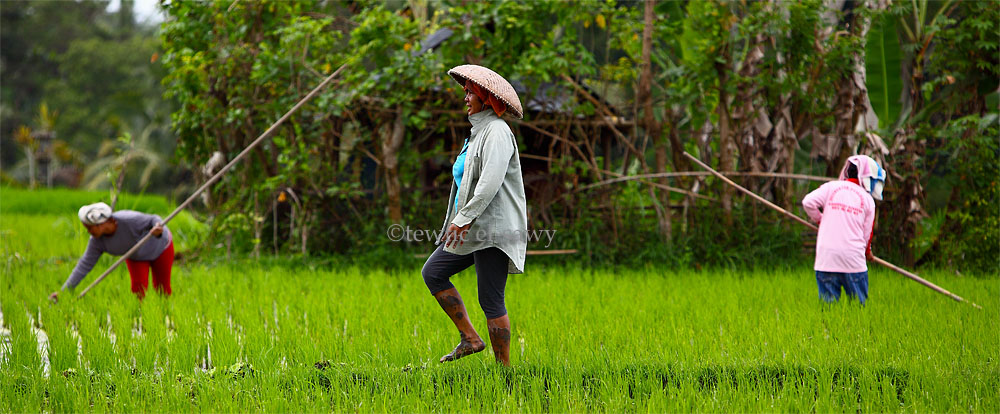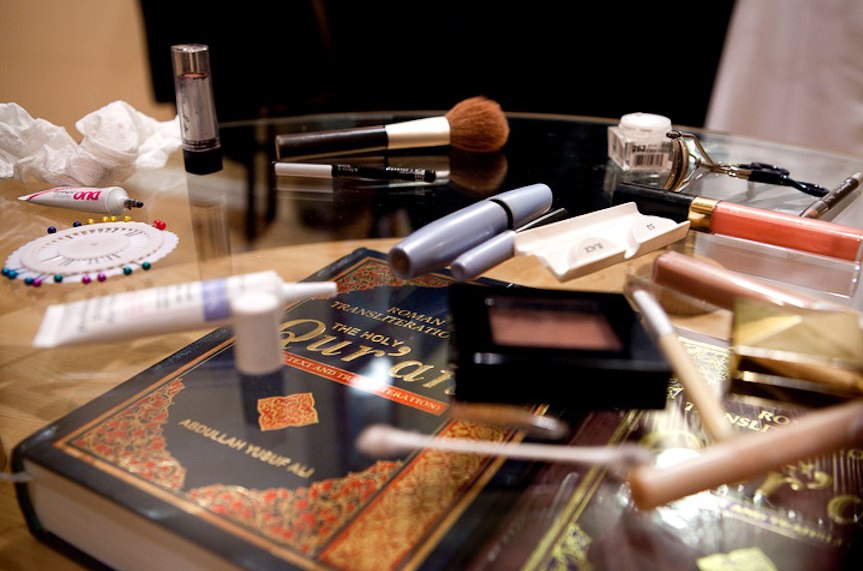It's surreal to be at the cusp of starting on a photo~expedition while my country of origin is experiencing an unprecedented massive popular uprising to get rid of the current regime of Mubarak, the Egyptian president....who announced that he would remain as its leader but sack its government.
There are a number of thoughts that come to mind. This is a real organic grassroots popular uprising in Egypt against an extremely unpopular and corrupt regime. The Egyptians participating in the uprising are secular, young, educated and less so, and are technological-savvy. There are no signs of religious ideology, of Islamist influence, in these demonstrations.
I sensed that many of the Western pundits are shocked (and possibly disappointed) that there is no whiff of Islamic extremism in the demonstrations...this pulls the rug from under the Western (and the current Egyptian leadership) interests who would like to characterize the uprising as another Iran.
While Mubarak signaled his decision to stay in power, it's not up to him any longer. It's the Egyptian youth who will decide the course of the nation...as it should be.
It's an unparalleled opportunity for the United States to support the Egyptian people in its quest for democracy, and eliminate all anti-Americanism feelings in the whole region by doing so. Imagine if the US administration unequivocally declares its support for the uprisings in Tunisia and Egypt!
Incha' Allah there will be a new dawn for Egypt and its people.
(Posted from Delhi)
There are a number of thoughts that come to mind. This is a real organic grassroots popular uprising in Egypt against an extremely unpopular and corrupt regime. The Egyptians participating in the uprising are secular, young, educated and less so, and are technological-savvy. There are no signs of religious ideology, of Islamist influence, in these demonstrations.
I sensed that many of the Western pundits are shocked (and possibly disappointed) that there is no whiff of Islamic extremism in the demonstrations...this pulls the rug from under the Western (and the current Egyptian leadership) interests who would like to characterize the uprising as another Iran.
While Mubarak signaled his decision to stay in power, it's not up to him any longer. It's the Egyptian youth who will decide the course of the nation...as it should be.
It's an unparalleled opportunity for the United States to support the Egyptian people in its quest for democracy, and eliminate all anti-Americanism feelings in the whole region by doing so. Imagine if the US administration unequivocally declares its support for the uprisings in Tunisia and Egypt!
Incha' Allah there will be a new dawn for Egypt and its people.
(Posted from Delhi)






























